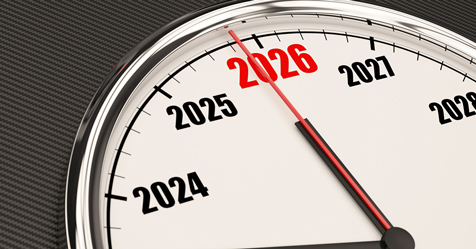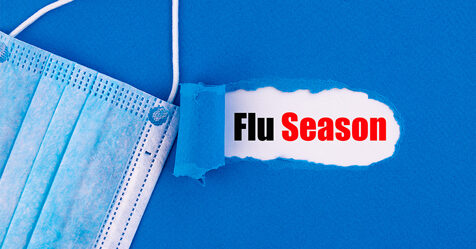Five Industrial & Institutional Cleaning Trends for 2023
A recent report sees these areas as the ones likely to shape the I&I cleaning industry this year.
According to a recent report by Kline & Company, an advisory consultancy and market research firm, the following five areas are likely to shape the industrial and institutional (I&I) cleaning industry in 2023:
1. Inflation changing consumers’ buying habits
According to the report, when asked about the impact of inflation on businesses, more than half of its respondents said that inflation has had a negative impact on their business, translating into less hiring, revenue losses, and higher costs. The report predicts increased use of private-label cleaning products with lower price points, less frequent cleaning, and shifts toward using purchase channels such as warehouse clubs and mass merchandisers.
2. Labor-saving products and tools rising in popularity
In the report, 57% of the 1,000 end users surveyed agreed that it’s more difficult now to attract and retain employees than it was before the pandemic. Due to the struggles with staff shortages, the report predicts that end users will turn to cleaning products and tools that improve efficiency.
3. Facilities turning toward automated solutions to improve cleaning efficiency
Internet of Things (IoT) is being used to monitor chemical and water usage in dispensers, observe the health of equipment such as laundry machines, and check when it is time to refill paper and soap dispensers in restrooms.
4. Green cleaning remaining front and center in the professional segment
The report found that end users want to use more concentrated formulas, products with fewer perfumes and dyes, and products that either come in recycled content packaging or use less plastic in their packaging.
5. Changes in flooring shifting demand for cleaning products
The survey found that 24% of these intend to make changes to flooring at their facilities over the next three years. Among these, 70% expect to switch to resilient floors, 54% will install hard-surface floors, and 41% will shift to concrete floors. The report predicted that these changes will also have an impact on the chemicals and tools used to care for the floors.


